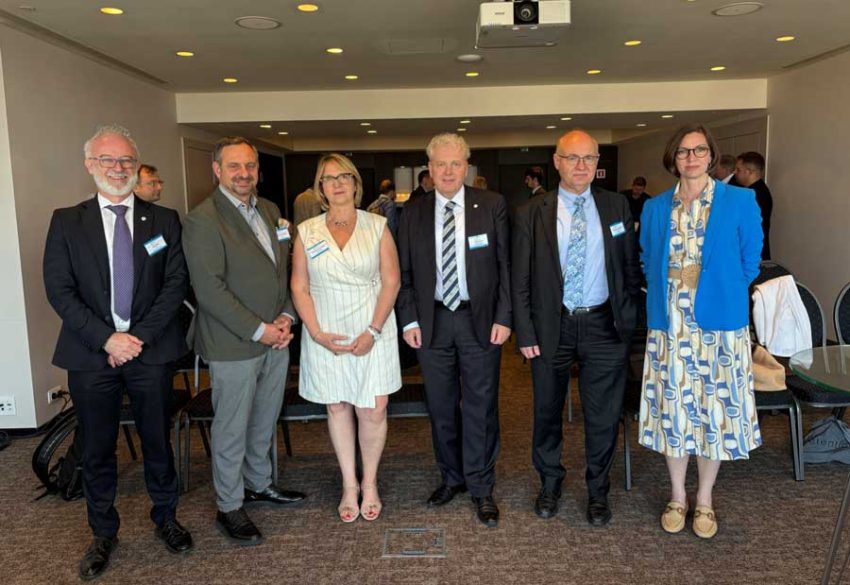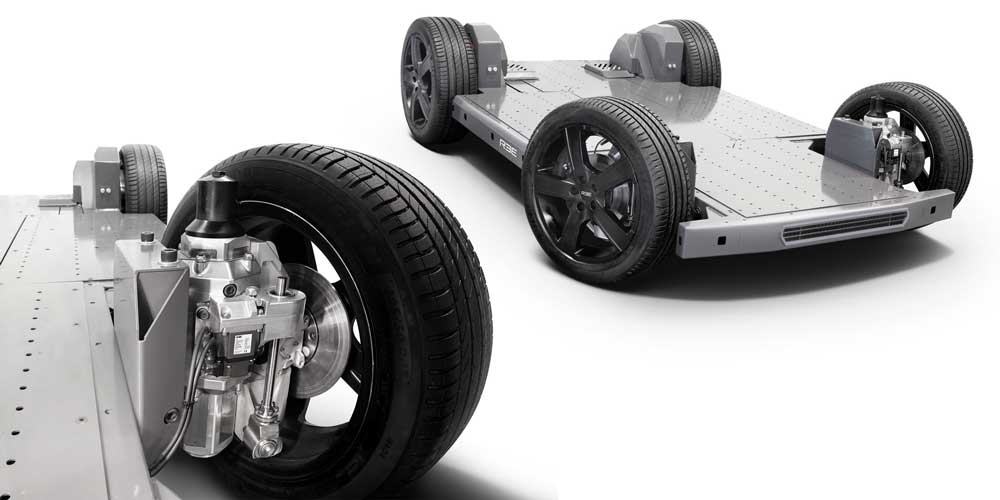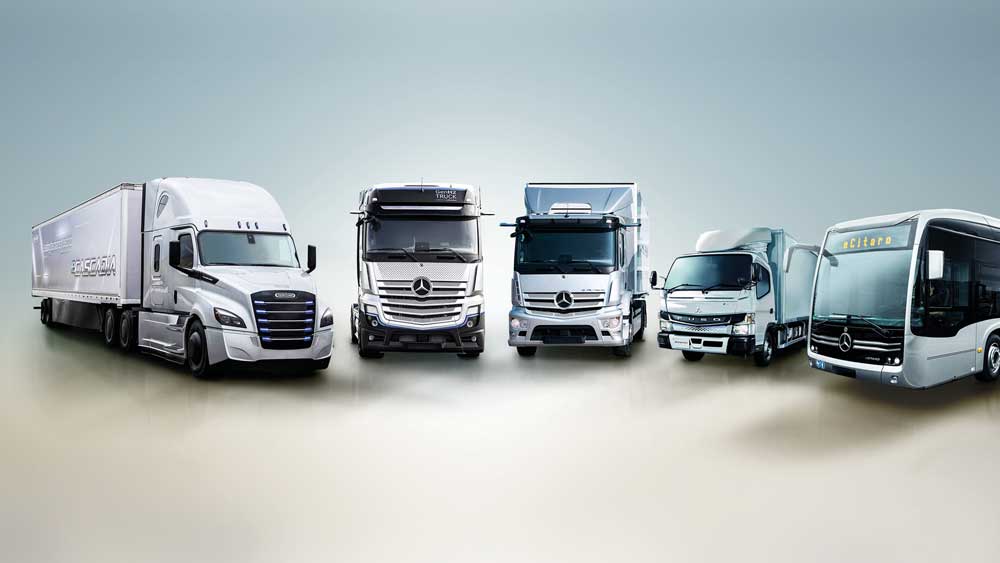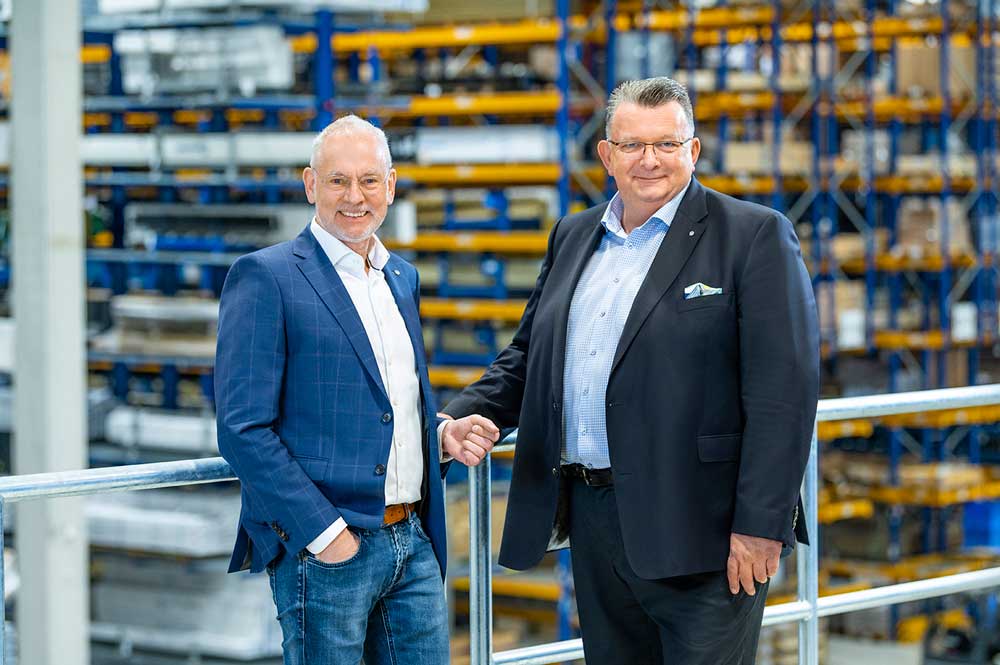Hydrogen Europe Research (HER) hosted an exclusive high-level panel discussion in Brussels on 12 June bringing together senior officials from the European Commission, Member States’ representatives and the hydrogen research and industry community.
Hydrogen’s future funding is at stake as the EU prepares to set out its next Multiannual Financial Framework (MFF) – along with ongoing negotiations over the upcoming EU funding programme for research and innovation (FP10) and the new European Competitiveness Fund (ECF).
The panel exchanged on key issues the hydrogen sector is facing today. From the pressing need to renew the 2020 European Hydrogen Strategy, to boosting and better aligning EU funding to support the full hydrogen innovation chain – from basic research to market uptake. Addressing Europe’s sectorial skills gap and reinforcing public-private cooperation – in particular through the EU’s Joint Undertaking on hydrogen, the Clean Hydrogen Partnership – were amongst the key priorities discussed by panellists.
Speakers agreed on the need for greater resilience in Europe through integrated and robust energy systems, binding rules for early-market support, and a coordinated EU programme to address barriers across the hydrogen value chain.
Luigi Crema, President of Hydrogen Europe Research, said: “Hydrogen Europe Research supports strengthening Europe’s hydrogen R&I to ensure scientific excellence, industrial leadership and global competitiveness. We call on the European Commission for continued support for hydrogen and, in particular, research funding from the lowest TRLs. Recent reports stress the urgency of further investing in key strategic sectors in which the EU has a fragile lead. Hydrogen is on top of the list. We must enhance performance, design and cost-efficiency within a sustainable path. We urge the European Commission to strengthen the Clean Hydrogen Partnership by strategically linking it to industrialisation and first-market development in coordination with Member States.”
Joanna Drake, Deputy Director of the European’s Commission DG RTD, said: “The hydrogen economy can only become a reality through joint efforts between the EU, Member States, industry and the research community. This is why the European Commission actively drives a joint research, innovation and investment agenda for renewable hydrogen: with Member States in the Strategic Energy Technology Plan, with private stakeholders through the Clean Hydrogen Joint Undertaking, and at international level through Mission Innovation.”
Tudor Constantinescu, Principal Advisor of the European Commission’s DG ENER, said: “The EU is the only region in the world that developed a comprehensive legislative and policy framework to support renewable and low-carbon hydrogen. We have sectoral targets for industry and transport, giving predictability on demand, we have financing mechanisms, we have rules for infrastructure, we have a successful research and innovation programme built on partnership with industry and the research community. Still, we need to work with all Member States to ensure proper implementation and address new market developments while strengthening the dialogue with stakeholders and international partners to achieve our objectives.”
Jorgo Chatzimarkakis, Hydrogen Europe CEO, said:“We’re proposing a Joint Undertaking that does not just fund research – but that builds markets, enables start-up companies and anchors Europe’s hydrogen leadership. It is not only about more money. It is about smarter delivery, stronger alignment and faster outcomes. We do not need another strategy on paper. We need an impact-driven platform that delivers.”
Valérie Bouillon-Delporte, Executive Director, Clean Hydrogen Partnership, said: “As Europe accelerates its energy transition, the Clean Hydrogen Partnership is the backbone of hydrogen research and innovation across the EU. By aligning the European Commission’s strategic vision, industry and research, we are building a resilient innovation ecosystem. Our unique public-private model ensures scientific excellence delivers real-world impact – from scaling up production to anchoring local Hydrogen Valleys. We help emerging players cross the ‘valley of death’, nurture start-ups and launch future hydrogen champions. Our work is vital to meet the 2030 targets and beyond. Through our initiatives, we are strengthening Europe’s industrial leadership but also building a skilled hydrogen workforce for the future. This is a global race, and Europe must remain at the forefront.”
Christian Sattler, Vice-President of Hydrogen Europe Research, said: “Hydrogen is a key element for energy, industry and resilience of the European infrastructure. The strong European way of developing new hydrogen-related technologies and introducing them into the market fast and efficiently needs to be continued and widened. A PPP like the Clean Hydrogen Partnership within a self-standing R&D framework programme is the right way to achieve this, as all stakeholders will work together synergistically.”
Background Information
Hydrogen is booming worldwide according to the IEA’s 2024 Global Hydrogen Review. Global investments in biofuels, biogas, and hydrogen will hit $25B in 2025 (+30%), with $8B in hydrogen projects planned. Electrolysis capacity surged 90% in 2024 and is expected to grow 150% in 2025. Hydrogen market penetration is growing fast, at a rate of 50 % since 2021. Global installed electrolyser capacity has grown nine times larger. However, in Europe, the electrolyser capacity installed only grew by a factor of three. This is a clear sign that Europe is losing its competitive advantage as a first mover over China and the USA.
Hydrogen has made up less than 2 % of the EU’s total energy consumption since 2020. Yet, the EU’s long-term vision is that renewable hydrogen supplies approximately 10 % of its total energy consumption by 2050.
Hydrogen industry employment in the EU remains modest, but is growing rapidly. From ~40 000–50 000 estimated direct and indirect jobs today to 1 million jobs in hydrogen and related technologies across the EU by 2030. Hydrogen could sustain up to 5.4 million jobs (direct + indirect) in the EU by 2050.
Today, renewable energy in transport stands at around 10 % (including biofuels, green electricity and hydrogen, etc.). Under the revised Renewable Energy Directive (RED III), at least 1 % of transport energy must come from renewable hydrogen (RFNBOs) by 2030. According to the EU’s JRC report, 2050, hydrogen (including hydrogen-based fuels) is projected to account for an average of 27 % of final energy demand in transport across EU scenarios.
Last September, Hydrogen Europe Research signed a joint statement together with over 110 stakeholders urging the EU to increase research and innovation funds in view of FP10. It warns the EU is lagging behind in RD&I investments compared to its competitors as the global technology race accelerates.
The EU launched a public consultation in December 2022 aimed at evaluating and gathering feedback on the Horizon 2020 programme. Hydrogen Europe Research called for more specific collaboration streams to increase stakeholder engagement, an earmarked and not-transferrable budget for R&I activities in which the Lump Sum approach is reconsidered, the avoidance of overlapping deadlines for calls addressing common priorities, and the provision of long application timelines for large-scale projects.










